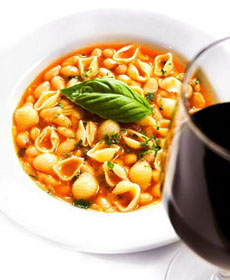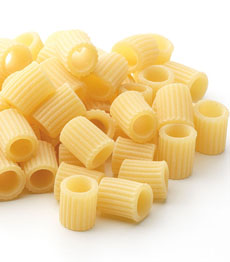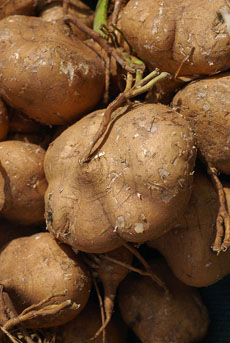THE HISTORY OF GRAPEFRUIT
America is the world’s largest consumer of grapefruit, with large commercial groves in Arizona, California, Florida and Texas. But the grapefruit’s ancestor, the pummelo (also pomelo, pommelo, pumello, pummello, pumelo and shaddock), comes from far away: It’s native to Malaysia and Indonesia.
Pummelo seeds were brought from the East Indies to the West Indies in 1693 by an English ship commander, one Captain Shaddock. He left the seeds in Barbados, where they were cultivated.
The grapefruit may have been a horticultural accident (a natural hybridization of the pollen from an orange tree) or a deliberate hybridization between the pummelo and the orange. We’ll never know which path the new fruit traveled, but it appeared around 1700. The original grapefruit was small, about the size of an orange.
It was originally called both “forbidden fruit” and the “smaller shaddock,” after Captain Shaddock.
By the end of the 18th century, grapefruit had spread to other Caribbean islands and Jamaica became the center for grapefruit cultivation (today, there is no commercial-scale production left in Barbados).
THE GRAPEFRUIT COMES TO AMERICA
It took more than 125 years—until 1823—for the grapefruit to cross the Caribbean. It arrived in Florida but was not immediately popular; people did not like peeling the thick skin. But the trees thrived, and the fruit’s name evolved based on how it grows: in grapelike clusters.
In 1870, the large, golden clusters on a tree he passed attracted John A. MacDonald, who lived in Orange County, Florida. MacDonald established the first grapefruit nursery. Florida’s first shipment of grapefruits to New York and Philadelphia, in 1885, generated interest and helped create the commercial grapefruit industry. Florida remains the grapefruit center of the world.
By the late 1800s, grapefruit trees were being cultivated in southern Texas; by 1910 they had succeeded in Arizona and California. The pink grapefruit and other varieties were developed. In 1929 a Texas citrus grower discovered a mutated red grapefruit growing on a pink grapefruit tree, which became the Ruby Red cultivar.
THE UGLY COUSIN
In Jamaica, the grapefruit was crossbred with the tangerine to produce the ugli, which is indeed ugly but a sweeter fruit that the locals prefer.
|








